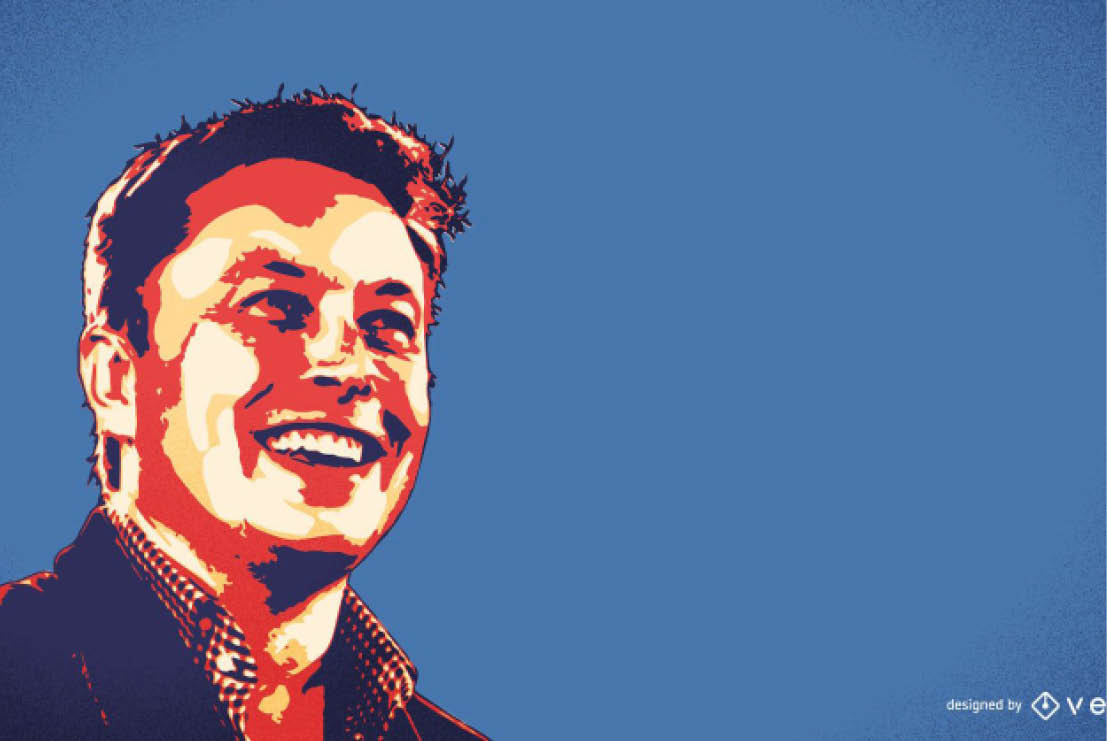How Elon Musk builds impossible things
Here’s the elegantly simple technique Musk uses to make mega projects doable. But first, imagine a scenario where a friend buys a dilapidated house, planning to renovate it. Initially, the builder’s estimate is N25 million , but about 20 months later, costs have soared to N120 million, and the work is still incomplete. This scenario […]

how elon musk builds impossible things
Here’s the elegantly simple technique Musk uses to make mega projects doable.
But first, imagine a scenario where a friend buys a dilapidated house, planning to renovate it. Initially, the builder’s estimate is N25 million , but about 20 months later, costs have soared to N120 million, and the work is still incomplete. This scenario exemplifies the typical occurrence in fat-tailed distributions, where extreme outcomes happen more frequently than expected.
This example is not uncommon. Many of us start ambitious projects, like home renovations, only to see them become costly and prolonged endeavors. This phenomenon isn’t restricted to personal projects but extends to large-scale ventures like government projects. This trend is captured in the ‘iron law of megaprojects’, which states that big, complex projects, such as new airports or high-speed rail lines, often exceed budget and schedule. Astonishingly, only 8.5 percent of 16,000 projects studied by authors of “How Big Things Get Done” met their budget and time objectives, highlighting the prevalence of this issue.
Accordingly, in project management there’s what’s called the triple constraints. That is, any adjustment to any of the three most important variables of a project will force an increase of the other two causing late delivery of the project.
- Column No.6: Dear Tinubu, we need you to be President now
- Jega should be given the benefit of the doubt -Shekarau
These variables are time, scope and budget. For example, if you decide to add a food forest into the home innovation project that will expand the scope of the project which will in turn increase the budget and the time.
What’s Your Lego?
Embarking on a large project can be daunting, but one key strategy used by successful project leaders is focusing on modularity – essentially asking, “What’s your Lego?” This approach involves breaking down a complex project into smaller, repeatable units, much like building with Lego blocks.
Modularity allows for experimentation and learning from mistakes, improving with each iteration. For instance, making a grand wedding cake involves stacking many simpler cakes.
Elon Musk, renowned for his expertise in modularity, demonstrated this approach in constructing Gigafactory 1, the largest factory globally in terms of footprint. Rather than building it all at once, he began with a small section, made it operational, and then methodically added similar units. This incremental process led to the creation of twenty-one interconnected sections, forming the entire factory. Tesla’s strategy enabled them to commence battery production and generate revenue within the first year of announcing the project. This philosophy of leveraging modularity for rapid learning and efficiency is a hallmark of Musk’s projects, including SpaceX.
So, when tackling a big project, consider what small, repeatable element you can use to build your larger goal.
In a world marred by the specter of budget overruns and project delays, Elon Musk stands as a paragon of possibility—a visionary who dares to defy the status quo and rewrite the rules of engagement. Through the lens of modularity, Musk has unveiled a blueprint for success—a blueprint predicated on the age-old adage: divide and conquer. So, as we navigate the labyrinthine corridors of ambition and aspiration, let us heed Musk’s clarion call, armed with the humble Lego block and boundless determination, for therein lies the path to realizing the unimaginable and sculpting our dreams into reality.
In essence, Musk’s modus operandi serves as a testament to the transformative potential of breaking down grandiose visions into bite-sized, digestible chunks—a philosophy ingrained in the DNA of his ventures, be it Tesla or SpaceX. Much like assembling a grand wedding cake from an assortment of simpler confections, Musk’s approach to mega projects underscores the importance of laying a sturdy foundation, one Lego block at a time.
So, the next time you find yourself standing at the precipice of a colossal endeavor, grappling with the daunting prospect of scaling Mount Impossibility, pause, and ponder: what’s your Lego? Embrace the ethos of modularity, and watch as the seemingly insurmountable morphs into the attainable, one block at a time.
In closing, as we bask in the radiance of Musk’s illustrious achievements, let us not merely admire from afar but rather, let us glean wisdom from his playbook and embark on our own odyssey of innovation and ingenuity. For in the realm of possibility, there are no limits—only endless opportunities waiting to be seized, one Lego block at a time.
For more on the subject, read “How Big Things Get Done: The Surprising Factors Behind Every Successful Project, from Home Renovations to Space Exploration” by Bent Flyvbjerg and Dan Gardner
